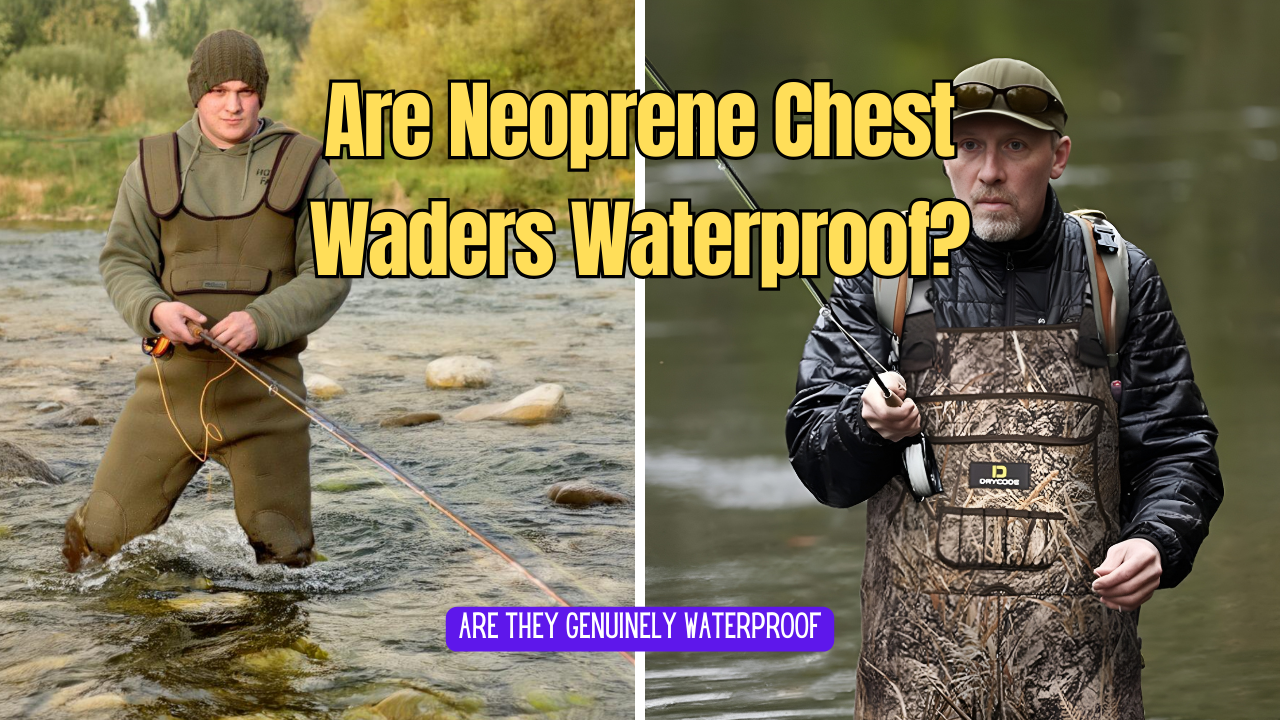When it comes to fishing or any water-related activity, having the right gear can make all the difference. Chest waders are a crucial part of this gear, providing protection and comfort in various water conditions. But how should chest waders fit? This article will guide you through the essentials of finding the perfect fit for your chest waders, ensuring you stay dry and comfortable on your adventures.
Key Takeaways:
- Properly fitting chest waders are essential for comfort and functionality during fishing or other water activities.
- Understanding the different types of waders and their specific fit requirements can help you choose the right pair.
- Regular maintenance and correct usage can extend the life of your waders and prevent common issues like leakage and tearing.
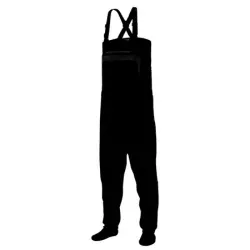
Understanding Different Types of Waders
There are several types of fishing waders available, each designed for specific conditions and activities. Hip waders are waterproof boots that extend to the hip, designed for wading through water while keeping the legs dry. Neoprene waders are ideal for colder climates, offering excellent insulation. Breathable waders, on the other hand, are perfect for warmer weather, allowing moisture to escape while keeping water out. Stockingfoot waders require separate boots, providing a customizable fit, while bootfoot waders come with attached boots for convenience.
Choosing the right type of wader depends on your specific needs and the conditions you'll be facing. For instance, if you're fishing in high mountain streams, breathable waders might be your best bet. Conversely, neoprene waders are better suited for colder weather. Understanding these differences is the first step in finding the perfect fit.
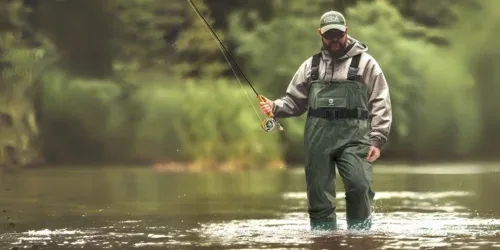
Importance of Proper Fit
A correctly sized pair of chest waders is essential for both comfort and functionality. Ill-fitting waders can cause discomfort, restrict movement, and even lead to accidents. When trying on waders, wear similar clothes to what you would typically wear while fishing. This ensures a realistic fit and helps you gauge how the waders will feel in action.
Pay attention to the fit around your chest, waist, and legs. The waders should be snug but not too tight, allowing for a full range of motion. Check the length of the pant legs and ensure they are not too long or too short. Proper fit is crucial to avoid issues like stitching tearing or sitting sideways, which can lead to further damage.
Measuring for the Perfect Fit
To find the ideal wader size, take accurate body measurements. Measure your chest, waist, hips, inseam, and foot size. Most wader manufacturers provide a size chart to help you match your measurements to the correct size. It's essential to follow these charts closely, as different brands may have varying sizing standards.
When measuring, wear similar clothes to what you would wear while fishing. This ensures that the measurements are accurate and reflective of how the waders will fit in real-life scenarios. Additionally, consider the type of socks you'll be wearing. Wader socks can add bulk, so it's important to account for this when measuring your foot size.
Trying On Waders
When trying on waders, it's important to test them in different positions. Stand, sit, kneel, and move around to ensure the waders are comfortable and allow for a full range of motion. Pay attention to any areas that feel tight or restrictive, as these can cause discomfort during extended use.
Check the fit around your ankles and feet. The waders should fit snugly without being too tight. If you're using stockingfoot waders, make sure the separate boots fit well and provide adequate support. For bootfoot waders, ensure the attached boots are the correct size and offer enough room for your feet and wader socks.
Common Fit Issues and Solutions
One of the most common issues with waders is leakage. This can be caused by a variety of factors, including poor fit, puncture damage, and wear and tear. To prevent leakage, ensure your waders fit properly and are made from durable materials. Regularly inspect your waders for signs of damage and repair any issues promptly.
Another common issue is discomfort caused by improper fit. If your waders are too tight, they can restrict movement and cause chafing. Conversely, if they are too loose, they can bunch up and cause discomfort. To avoid these issues, take accurate measurements and follow the manufacturer's size chart closely.
Maintaining Your Waders
Proper maintenance is essential to extend the life of your waders and keep them in good condition. After each use, rinse your waders with fresh water to remove dirt and debris. Allow them to dry completely before storing them in a cool, dry place. Regular washing can help prevent the buildup of grime and prolong the life of the wader fabric.
Inspect your waders regularly for signs of damage, such as punctures, tears, and worn seams. Repair any issues promptly to prevent further damage. For minor repairs, you can use a wader repair kit. For more significant damage, it may be necessary to take your waders to a professional for repair.
Choosing the Right Accessories
In addition to finding the perfect fit for your waders, choosing the right accessories can enhance your comfort and performance. Wader socks are essential for keeping your feet warm and dry. Choose socks made from moisture-wicking materials to prevent dampness inside your waders.
Consider investing in a wading belt to provide additional support and prevent water from entering your waders. A good pair of wading boots is also essential, especially if you're using stockingfoot waders. Look for boots with a sturdy sole and good ankle support to ensure stability on slippery surfaces.
Real-Life Examples
Let's take a look at a couple of real-life examples to illustrate the importance of proper wader fit. John, an avid fly fisherman, purchased a pair of neoprene waders for his winter fishing trips. However, he didn't take accurate measurements and ended up with waders that were too tight around his chest and waist. This restricted his movement and made it difficult to cast his line effectively.
On the other hand, Sarah, a beginner angler, took the time to measure herself accurately and followed the manufacturer's size chart. She chose a pair of breathable waders that fit her perfectly, allowing her to move freely and stay comfortable during her fishing trips. As a result, she was able to enjoy her time on the water without any discomfort or issues.
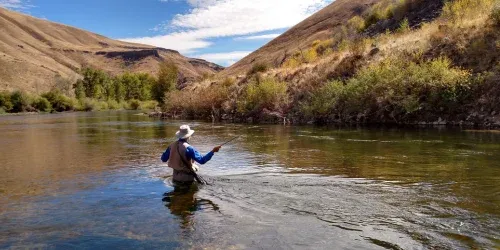
Summary
Finding the perfect fit for your chest waders is essential for comfort, functionality, and safety. By understanding the different types of waders, taking accurate measurements, and following the manufacturer's size chart, you can ensure a proper fit. Regular maintenance and choosing the right accessories can further enhance your wading experience and prolong the life of your waders.
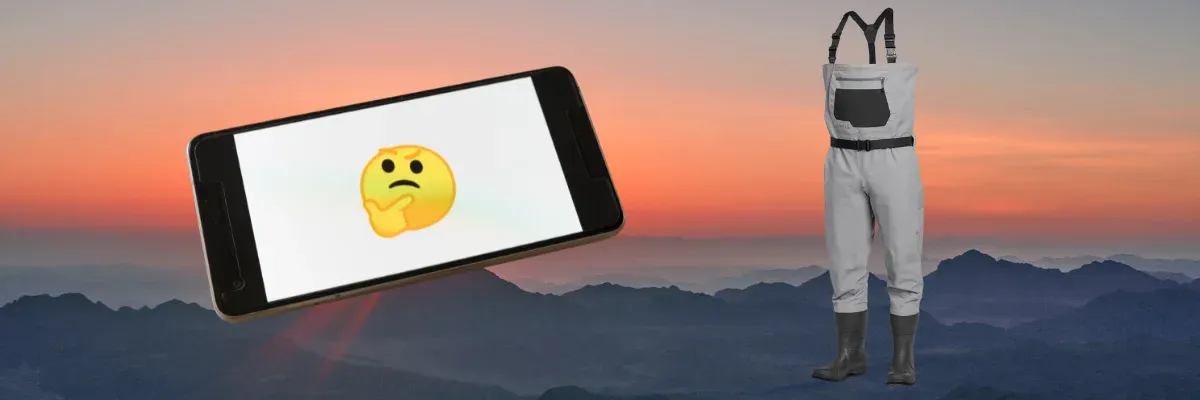
FAQs
How do I know if my waders fit properly?
Your waders should fit snugly without being too tight. Ensure there is enough room to move comfortably and that the waders do not restrict your movement. Pay attention to the fit around your chest, waist, and legs, and check the length of the pant legs.
What should I do if my waders start leaking?
If your waders start leaking, inspect them for signs of damage, such as punctures or worn seams. Repair any issues promptly using a wader repair kit or take them to a professional for repair. Regular maintenance and proper fit can help prevent leakage.
Can I wear regular socks with my waders?
While you can wear regular socks with your waders, it's recommended to use wader socks made from moisture-wicking materials. These socks help keep your feet dry and comfortable, preventing dampness inside your waders. hip waders
Related articles:
